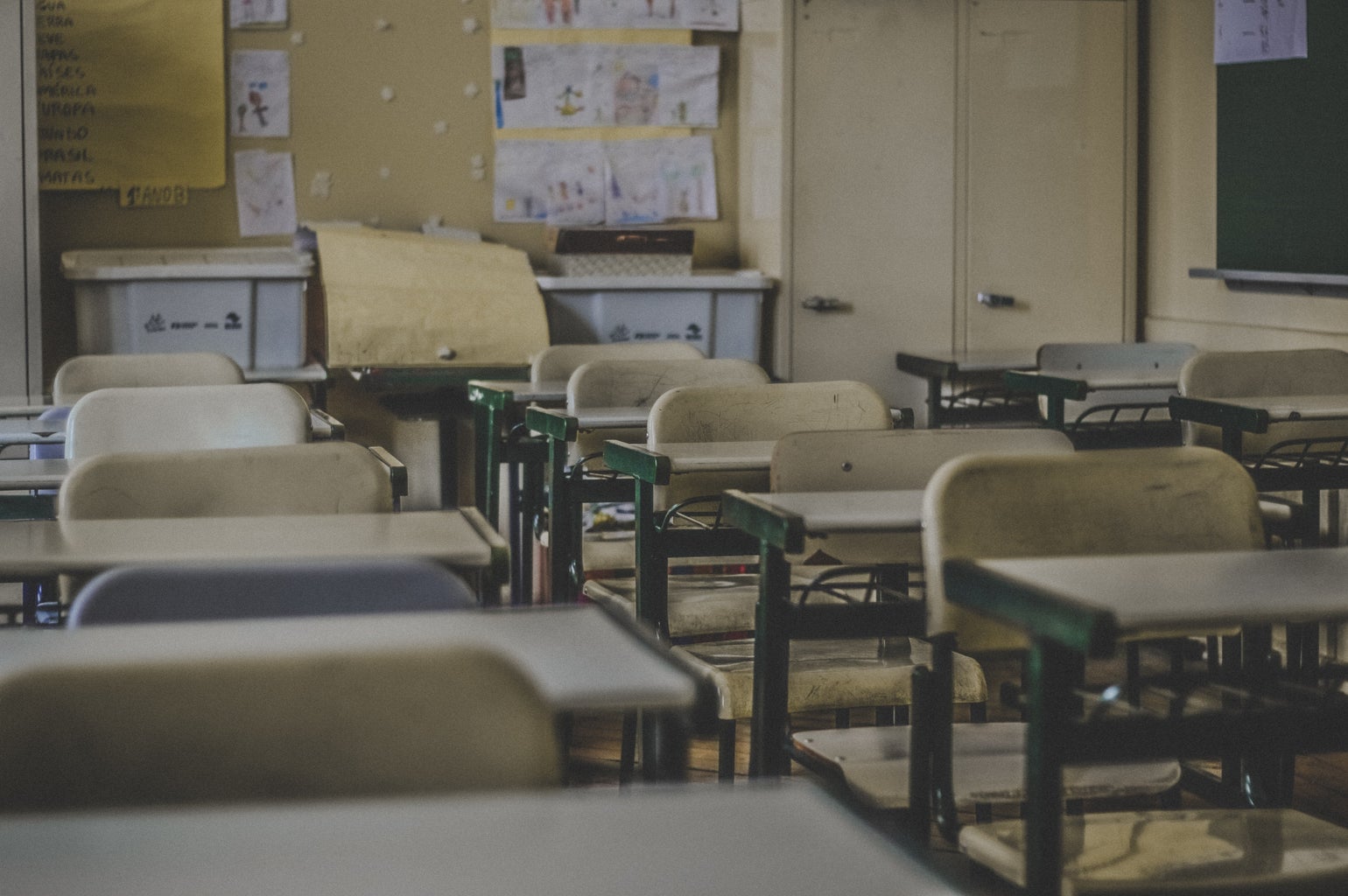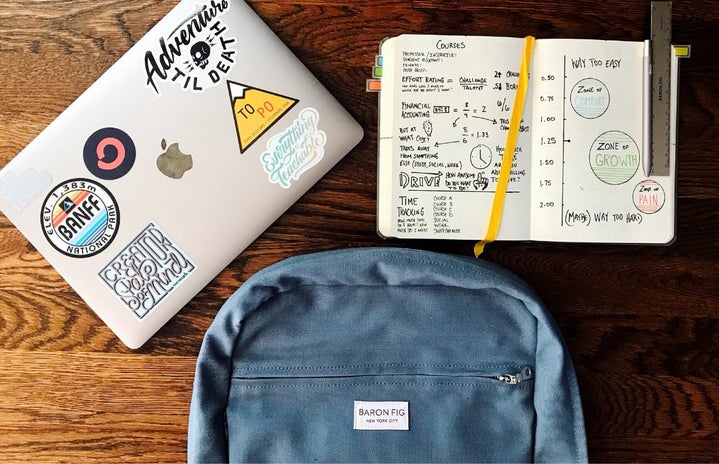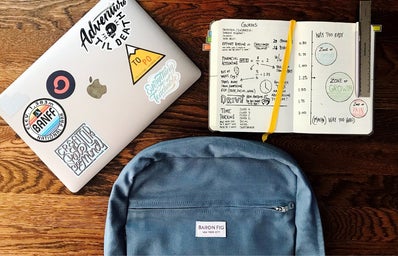With the COVID-19 pandemic still ravaging through the globe in its sixth month since being declared a pandemic, debates on whether or not to send kids back to school are still filled with tension. Across the U.S., many schools, including universities, have returned to deliver some form of in-person classes. Last month, a photo taken in a Georgia high school went viral, depicting crowded hallways in between classes and no one wearing masks. NPR reported that there had been nearly 60 positive cases within the school district in its first few weeks of classes. As a result, hundreds of students and faculty were placed in quarantine.
Earlier this summer, New York City announced they will be returning to in-person instruction this fall, making the Big Apple the only major city school system to not transition to distance learning. However, teachers’ unions threatened to strike as they felt unprepared to welcome students back into the classroom. The New York Times stated that if a strike were to take place, nearly 75,000 teachers would participate. As a result, the city postponed reopening its schools by 10 days. Precautions within New York City’s reopening plan included monthly coronavirus testing, desks spread six feet apart, and continuous mask-wearing with the exception of lunchtime.

Other countries have been reopening schools recently. In Wuhan, China, the origin of the pandemic, 1.4 million students returned to schools. From a first day of school photo obtained by the New York Times, it appears that life has returned to high levels of normalcy. In the photo, students are not socially distanced or wearing face coverings. It also appears that Russia has reopened schools with very few precautions, despite the rising number of positive cases in the country.
Universities that have opened with a hybrid model have ultimately failed in the last few weeks. University of North Carolina at Chapel Hill was one of the first universities to shut down after staggering coronavirus numbers in the first week, with Notre Dame following their lead several days later. On Thursday, the State University of New York (SUNY) chancellor Jim Malatras announced that SUNY Oneonta would transition to fully online instruction. This decision came as a result of over 500 students testing positive for the virus.
Though U.S. cases continue to rise in certain geographical regions, many are elated to hear promising results from several vaccine trials. Pfizer claims that a vaccine may be available and approved by the end of October. Dr. Anthony Fauci, one of the top infectious disease experts, expressed some skepticism with these estimates. However, Fauci appears confident that the Food and Drug Administration would only approve a vaccine that is safe and effective.
Want to see more HCFSU? Be sure to like us on Facebook and follow us on Instagram, Twitter and Pinterest!



